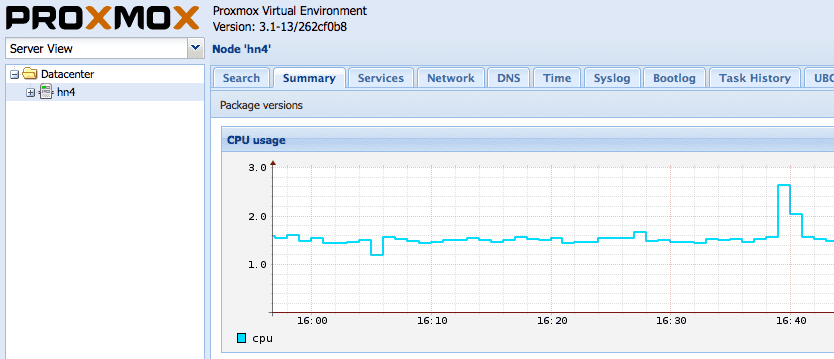#proxmoxve

Secure External Backup with ZFS Native Encryption
Let's improve our Simple and Secure External Backup solution I have published back in 2018. Back then, I was using rsync over SSH to pull backup data, and LUKS encryption as full disk encryption for the external drives. As we all know, transferring data with rsync can get horribly slow and blow up your I/O if you're transferring millions of small files. Also, LUKS encryption may be a bit low level and inflexible. What we want to accomplish: A performant and secure backup solution based on ZFS, using zfs send|recv for efficient data transfer, and ZFS native encryption to secure our external drives. So let's go ahead and built that thing from scratch on a fresh 2021 stack!

Proxmox VE 4.x OpenVZ to LXC Migration
At Onlime Webhosting we chose ProxmoxVE as our favorite virtualization platform and are running a bunch of OpenVZ containers for many years now, with almost zero issues. We very much welcome the small overhead and simplicity of container based virtualization and wouldn’t want to move to anything else. ProxmoxVE added ZFS support by integrating ZFSonLinux back in Feb 2015 with the great ProxmoxVE 3.4 release – which actually would have deserved to bump its major version because of this killer feature.

Proxmox VE Restricting Web UI access
With the release of Proxmox VE 3.0 back in May 2013, the Proxmox VE web interface does no longer require Apache. Instead, they're using now a new event driven API server called pveproxy. That was actually a great step ahead, as we all know Apache get's bulkier every day and the new pveproxy is a much more lightweight solution. But the question arose: How do I protect my Proxmox VE WebUI with basic user authentication?
Basically, we do not trust any web application out there so we better double protect the whole WebUI with plain old basic auth - previously done in Apache by .htaccess.